Ancient Egyptian Slaves Carving Stones for Pyramid Construction
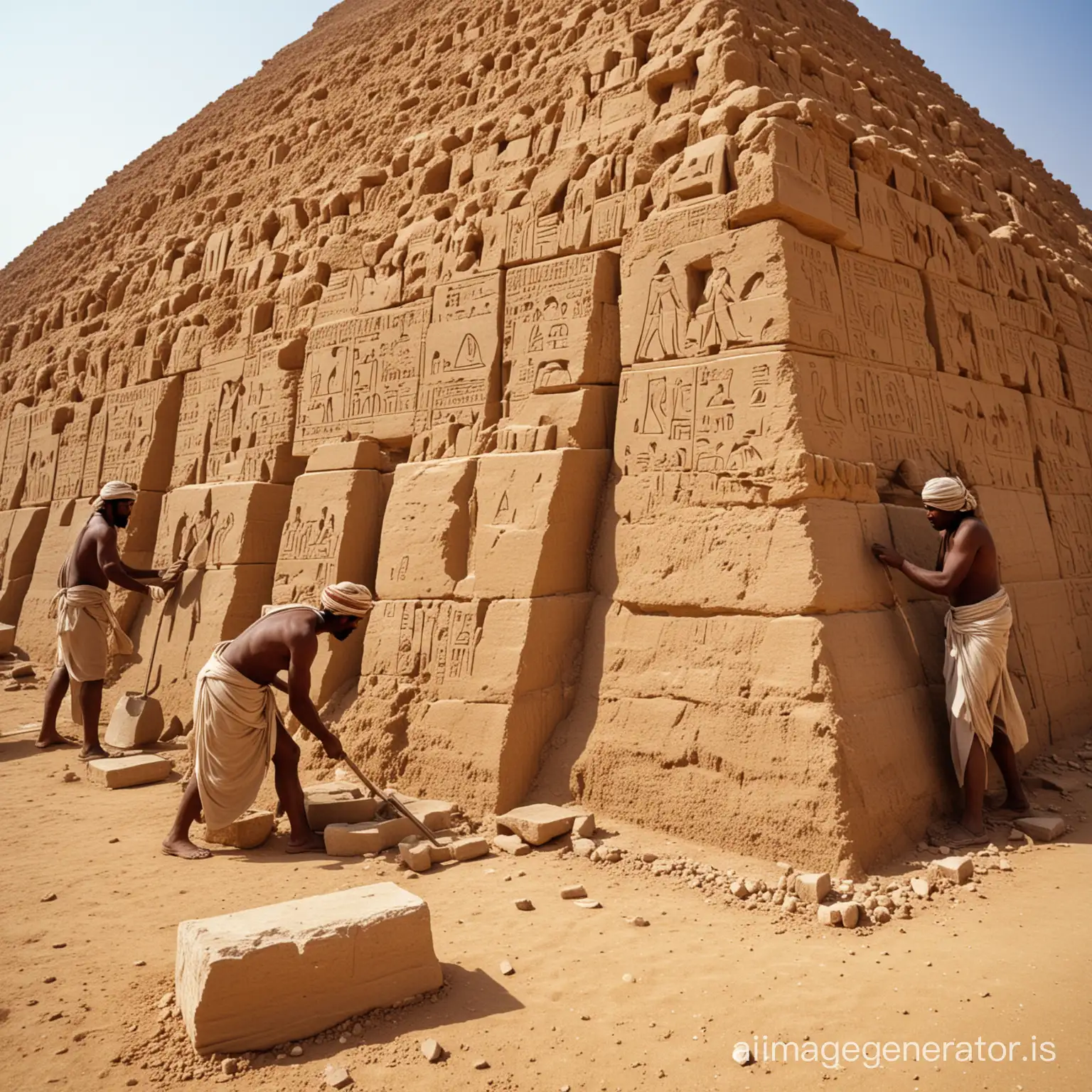
Image Prompt
Prompt
une photo d'esclaves égyptiens en 2000 avant JC taillant des pierres pour construire une pyramide
Model: realistic
Ratio: 1:1
Related AI Images
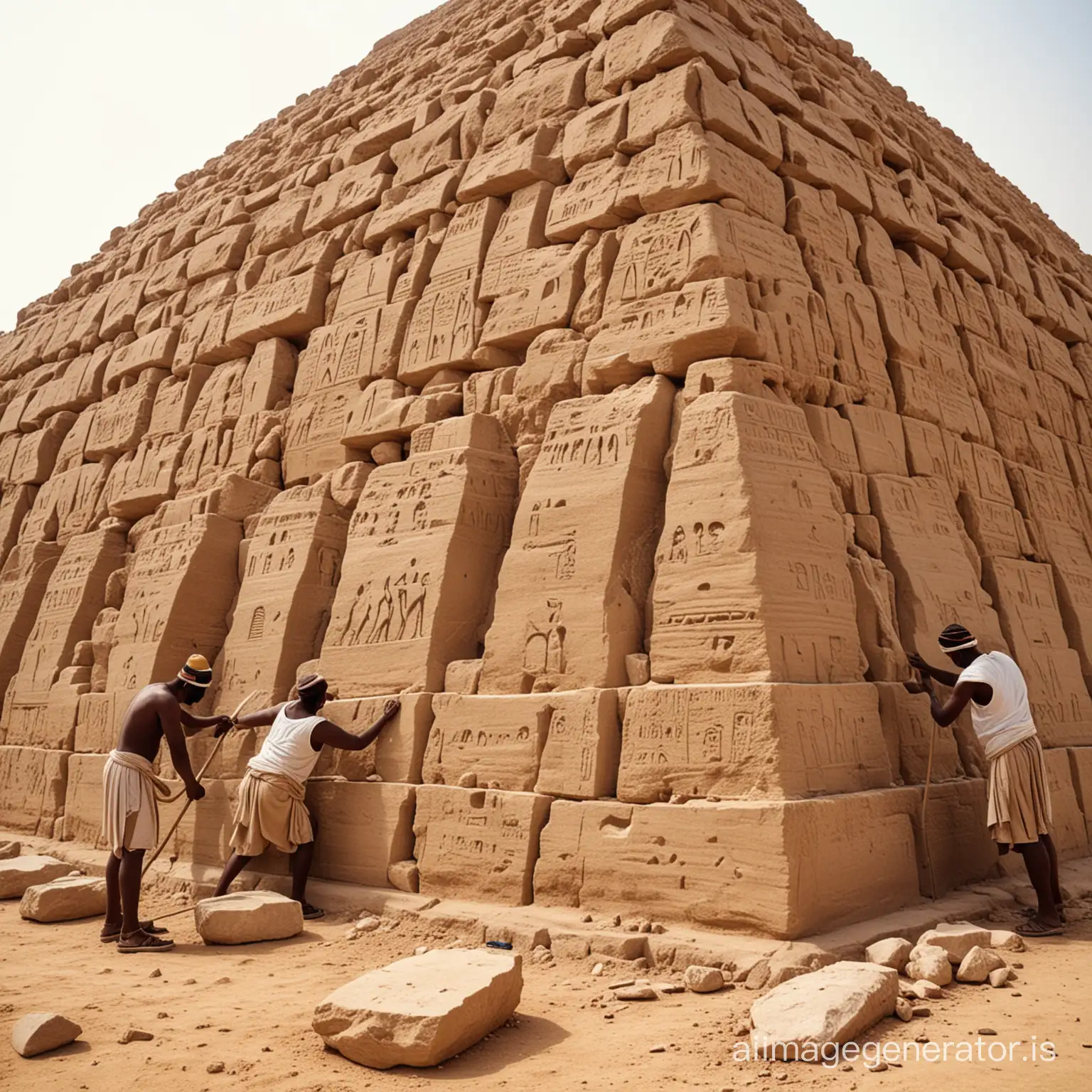

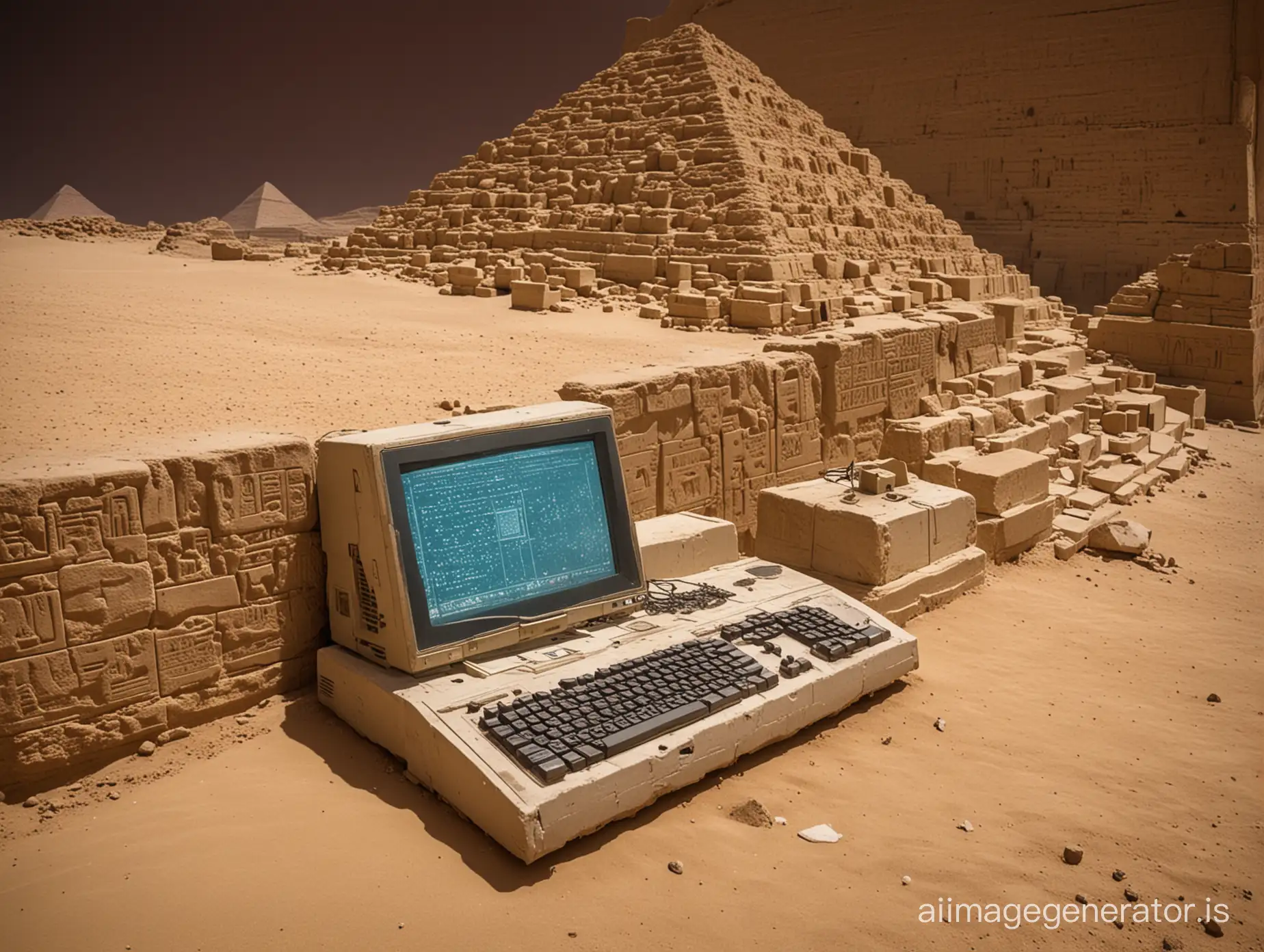


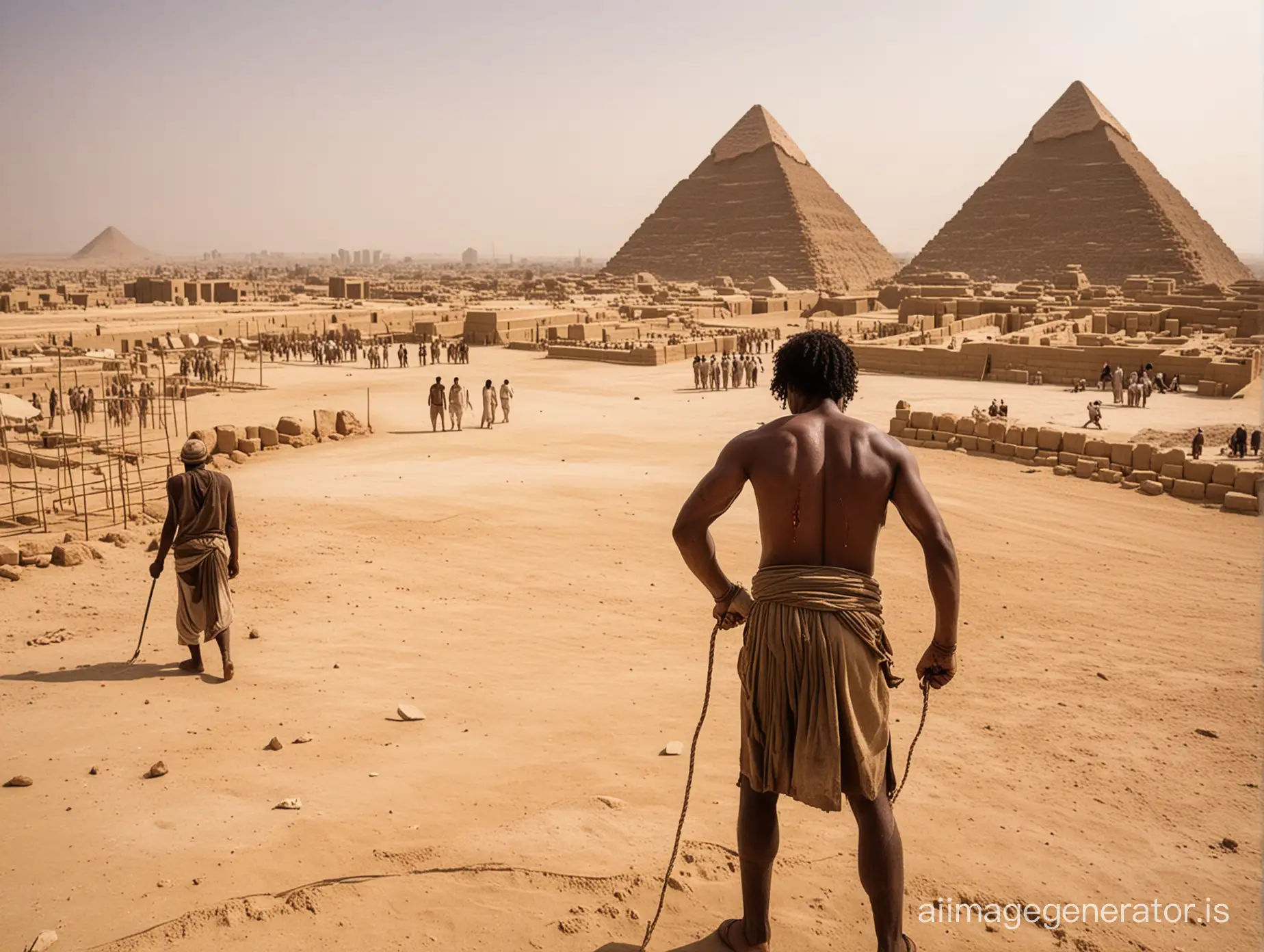
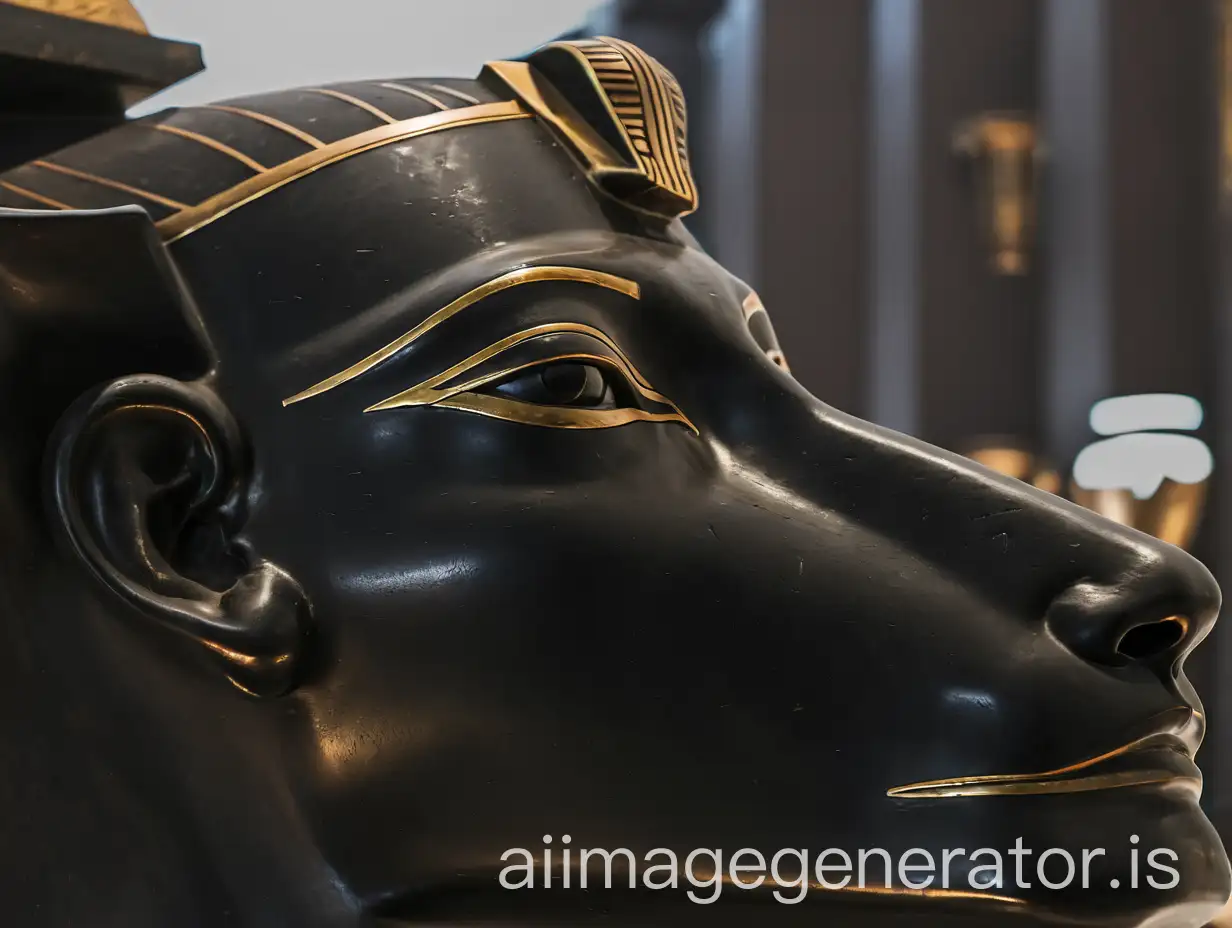
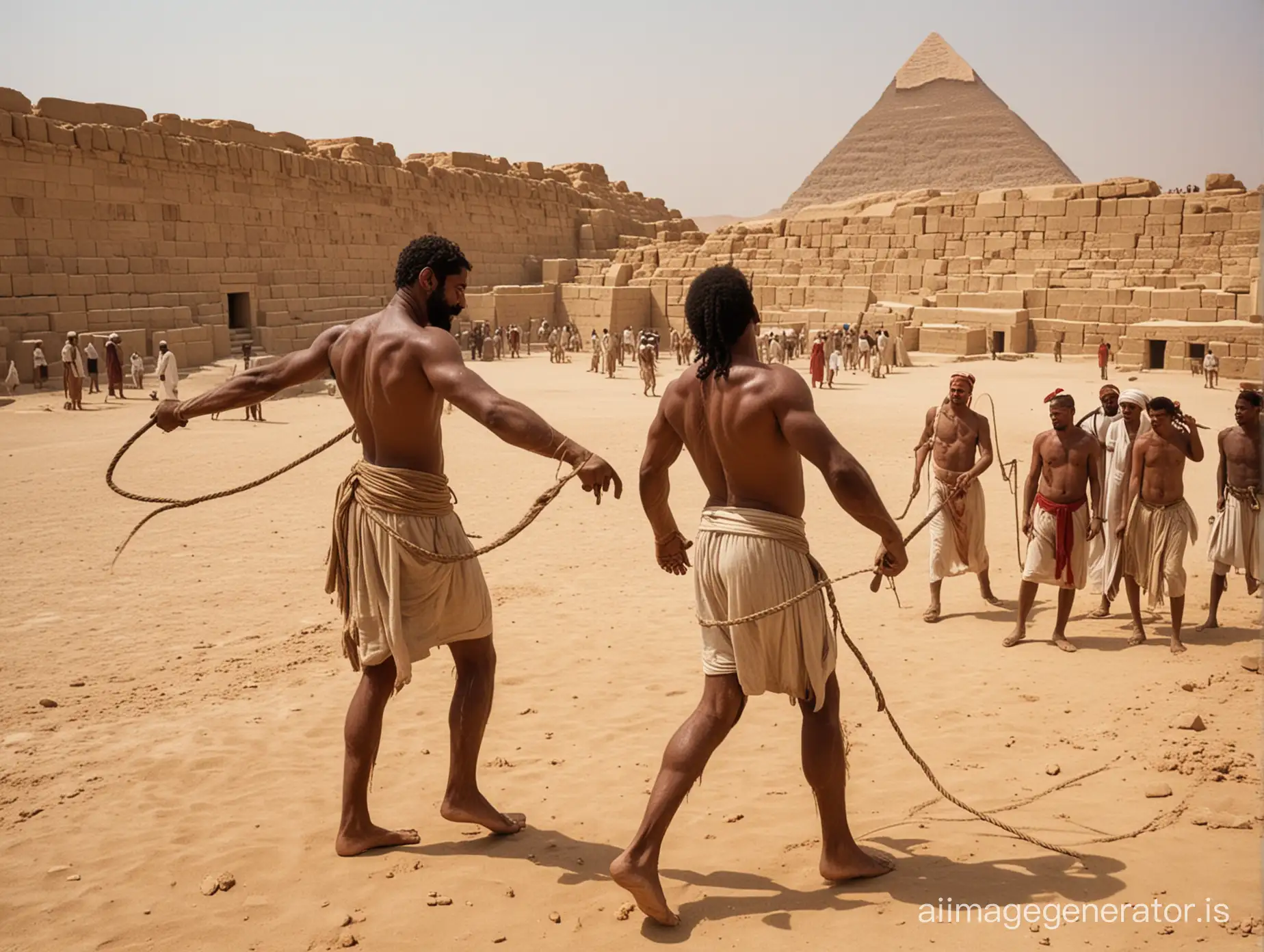
R
Related Tags
Prompt Analyze
- Subject: The main subject of the image is a group of Egyptian slaves, portraying the laborious task of carving stones. This highlights the historical context of ancient Egypt and the monumental task of building pyramids, showcasing the societal structure and the reliance on forced labor for monumental construction. Setting: The setting is likely a quarry or construction site, characterized by rocky terrain and perhaps overseers or guards overseeing the labor. This setting underscores the harsh conditions and the magnitude of the construction project. Background: The background may depict other elements of the construction process, such as partially built pyramids or other workers engaged in various tasks. This adds depth to the scene and emphasizes the scale of the endeavor. Style/Coloring: The image may employ earthy tones and muted colors to evoke the ancient setting, with attention to detail in depicting the tools and attire of the slaves. The style may lean towards realism to convey the historical authenticity of the scene. Action: The slaves are shown actively chiseling and hauling stones, capturing the dynamic nature of the labor-intensive process. This action emphasizes the strenuous nature of the work and the determination of the workers despite their oppressed status. Items: Various tools used for stone carving, such as chisels, hammers, and ropes for hauling stones, are prominently featured. These items add authenticity to the scene and provide insights into ancient construction techniques. Costume/Appearance: The slaves are depicted wearing simple, tattered garments or loincloths, reflecting their impoverished and subjugated status. Their appearance may show signs of fatigue and hardship, conveying the toll of their labor. Accessories: The scene may include overseers or guards wielding whips or other tools of coercion, further highlighting the oppressive conditions faced by the slaves. Additionally, architectural plans or hieroglyphic inscriptions may be visible, indicating the meticulous planning and cultural significance of pyramid construction.